
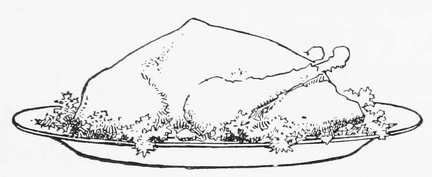 A cooked turkey
A cooked turkey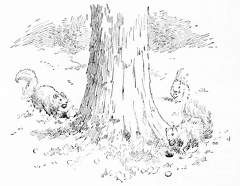 Squirrels gathering nuts for winter
Squirrels gathering nuts for winter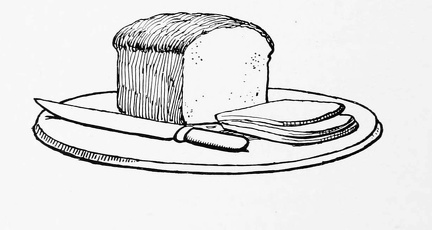 Loaf of Bread
Loaf of Bread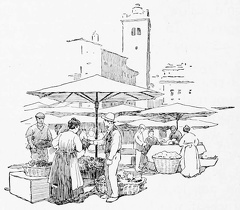 Open air food market
Open air food market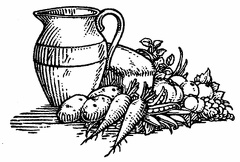 Harvest
Harvest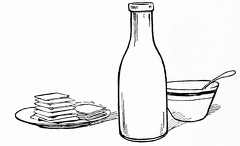 A simple meal
A simple meal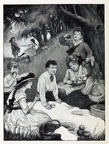 A picnic
A picnic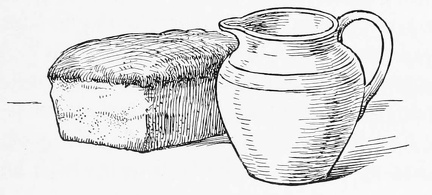 A loaf of bread
A loaf of bread Dinner time
Dinner time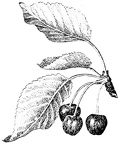 Cherry
Cherry Christmas Pudding
Christmas Pudding Clean cooking
Clean cooking Using the electric range oven
Using the electric range oven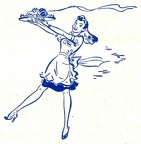 Happy with her electric range
Happy with her electric range The hunters came in
The hunters came in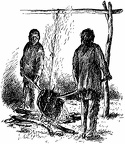 I put on my copper kettle and made blood pudding
I put on my copper kettle and made blood pudding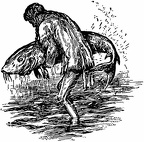 It was a great fish, a sturgeon
It was a great fish, a sturgeon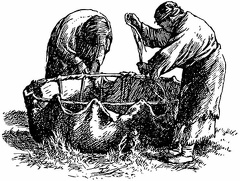 we women busied ourselves making bull boats
we women busied ourselves making bull boats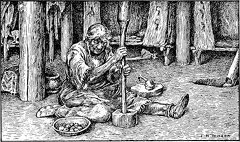 Strikes-Many Woman parched ripe sweet corn, pounded it in a mortar with roast buffalo fats, and kneaded the meal into little balls
Strikes-Many Woman parched ripe sweet corn, pounded it in a mortar with roast buffalo fats, and kneaded the meal into little balls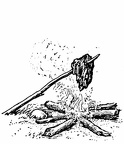 Broiling Meat
Broiling Meat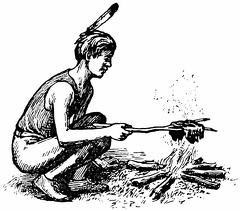 Another method Broiling Meat
Another method Broiling Meat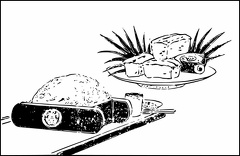 Sushi and soba
Sushi and soba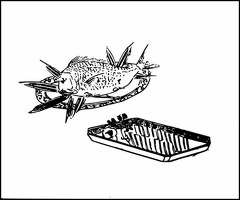 Raw fish, whole and sliced
Raw fish, whole and sliced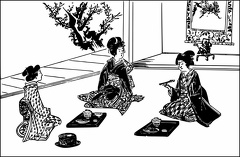 A meal
A meal How to hold chopsticks
How to hold chopsticks A meal-tray
A meal-tray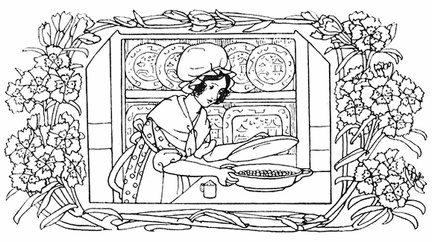 Lady preparing food
Lady preparing food Grain Huts
Grain Huts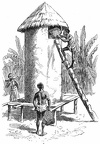 A Clay Grain Storehouse
A Clay Grain Storehouse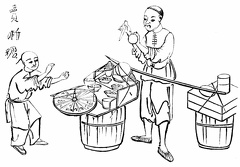 The Barley-Sugar Stall
The Barley-Sugar Stall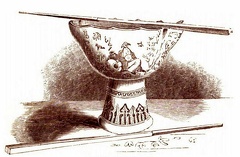 Rice Bowl and Chopsticks
Rice Bowl and Chopsticks Cakes and Ale.
Cakes and Ale.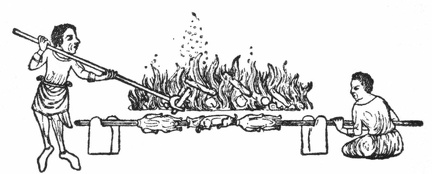 Cooking with the spit
Cooking with the spit Girl with a cake
Girl with a cake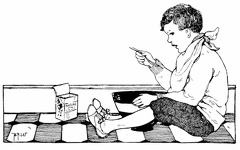 Boy eating from a large bowl
Boy eating from a large bowl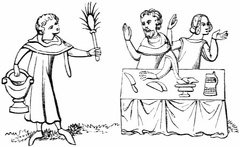 The Parish Clerk sprinkling the Knight and Lady
The Parish Clerk sprinkling the Knight and Lady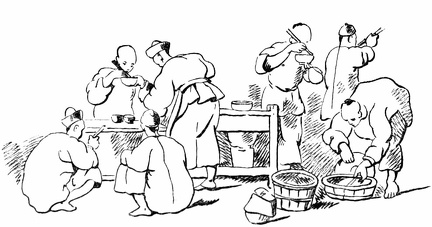 A Street Restaurant
A Street Restaurant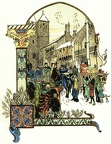 Distributing Bread
Distributing Bread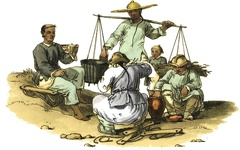 Trackers Regaling
Trackers Regaling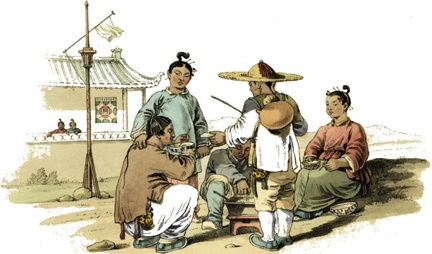 Children eating their meal
Children eating their meal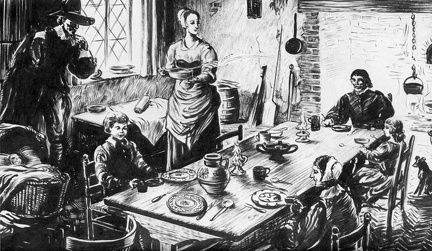 A family enjoying a meal, about 1650
A family enjoying a meal, about 1650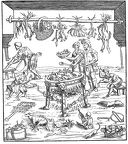 Italian Kitchen
Italian Kitchen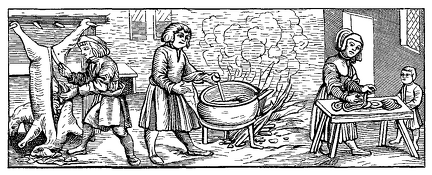 Interior of a kitchen
Interior of a kitchen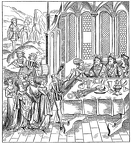 State Banquet
State Banquet Hunitng Meal
Hunitng Meal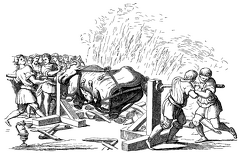 Free Distribution of bread
Free Distribution of bread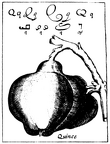 quince
quince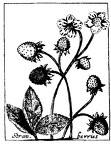 Strawberry
Strawberry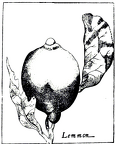 Lemon
Lemon



